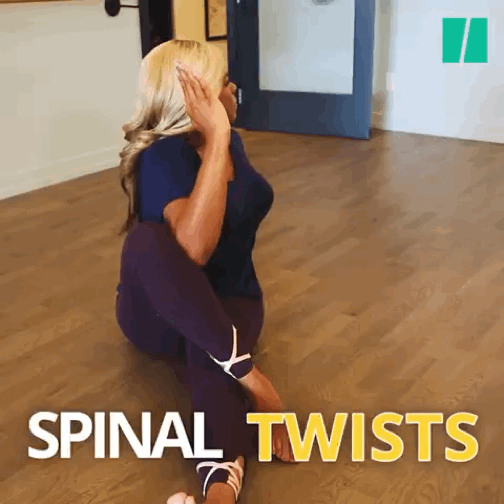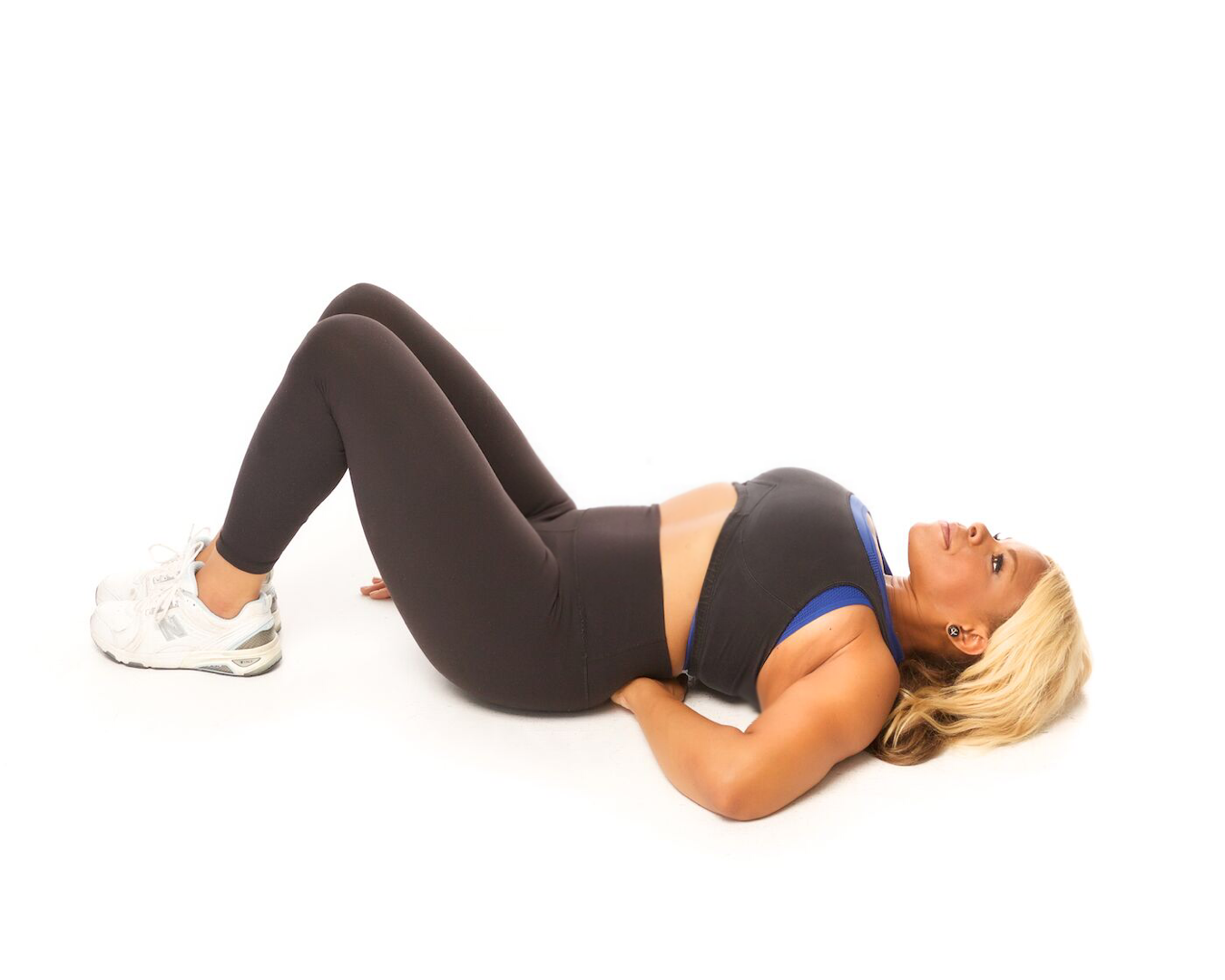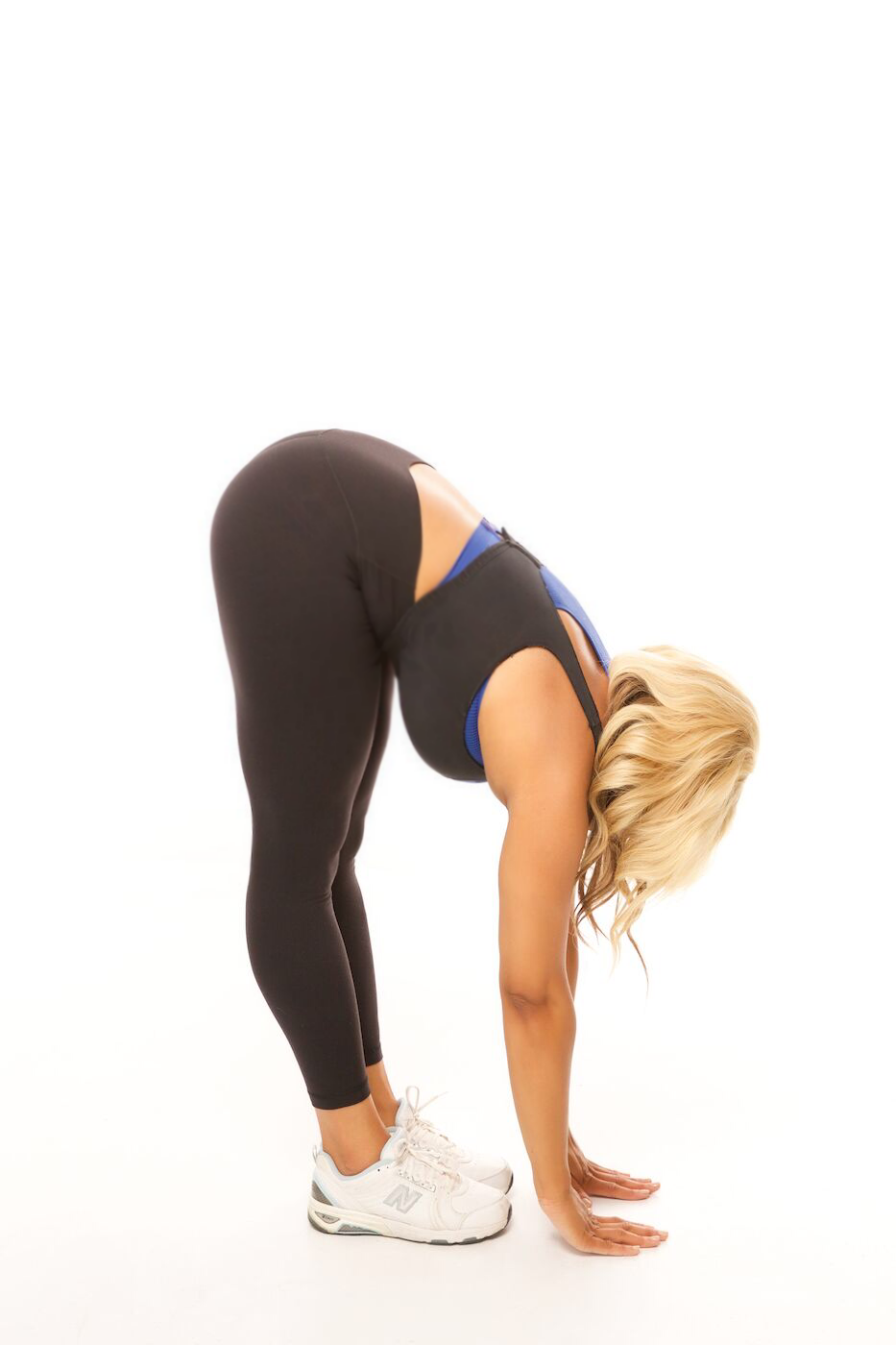Huffington Post - 3 Yoga Poses To Help Relieve Stress When Trying To Conceive
/There are many factors during ovulation and fertilization that need to align to facilitate getting pregnant. Sometimes, issues such as ovulation disorders, endometriosis, high stress or other complications can impede fertility.
Osteopath and myofascial release therapist, Dr. Liza Egbogah BSc, DC, DOMP from the[fix] in Toronto, says non-invasive osteopathic treatments and even a specialized yoga practice can be effective in relieving pelvic adhesions — scar tissue that can block or distort the fallopian tubes, which may hamper conceiving.
Myofascial release treats skeletal muscle immobility and pain by relaxing contracted muscles, improving blood and lymphatic circulation, and stimulating the stretch reflex in muscles.
"I have seen great success in patients experiencing barriers to fertility, especially if you have a history of abdominal or pelvic surgery or trauma to the area," says Dr. Egbogah.
Here are Dr. Liza's recommended poses to help relieve fertility stress and improve circulation in the pelvic and abdominal areas.
Dr. Liza demonstrates the forward fold as a pose to help reduce stress when trying to conceive.
Standing forward fold: With feet hip-width apart, interlock fingers behind your back. As you bend forward, the back of your hands should be pointing towards the ceiling. Relax your head and neck toward the ground completely while you feel an opening of the chest, and breathe while bent forward for 10 deep breaths.
What it does: This pose stretches the muscles of the back and improves the blood supply to the pelvic region and the nervous system. The forward fold can also help relieve stress, and alleviating stress is imperative when trying to get pregnant.
Dr.Liza demonstrates the goddess pose
Nighttime goddess stretch: Lie on your back with knees bent. Place the soles of your feet together, then let your knees fall open, forming a diamond shape with your legs. Use your hands to gently push your knees towards the ground. If you feel any strain, elevate your legs by placing a pillow underneath each knee. Hold for 30 seconds.
What it does: This poses stretches your inner thighs and groin muscles. It also helps relieves stress and menstrual cramps.
Dr. Liza demonstrates the spinal twist to relieve stress.
Spinal twists: Sit with both legs straight in front of you. Adjust your legs so that you can sit evenly on your sitting bones. Cross your right foot over your left thigh and place it on the floor outside your left knee. Fold your left leg in, with your foot outside your right hip. Hold your right knee with your left hand, and place your right hand on the floor diagonally behind you. Lift your left arm high. Twist the torso as you draw your elbow down on the outside of your right thigh. Hold each pose for 30 seconds and repeat each side twice.
What it does: This pose enhances blood circulation to the pelvic area, and reduces stress.
You can practice these poses every day to help manage stress and get your body moving.










